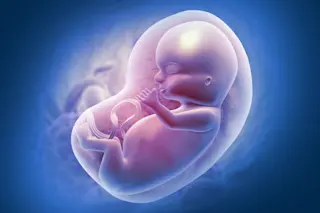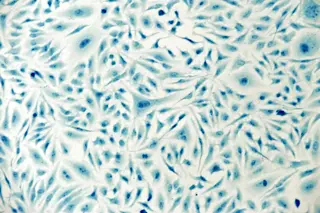In my post below, Tutsi probably differ genetically from the Hutu, there were many comments. Some I did not post because they were rude, though they did ask valid questions. I will address those issues, but let me quote one comment:
That’s an interesting possibility, but this admixture run didn’t split the non-hunter-gatherer Africans that well. In one of your previous analyses on East Africa you managed to get a pretty accurate ‘Afro-Asiatic/Cushitic’ and ‘Nilotic’ cluster. Is it possible that you could run this Tutsi sample using the same admixture settings as in the ‘Flavors of Afro-Asiatic’ blog post to see if he carries a significant Nilotic component or is mainly Bantu & Cushitic derived?
So I replicated ADMIXTURE runs for many of the same populations as I did in my post, Flavors of Afro-Asiatic. I also pared down the population set and generated a PCA with EIGENSOFT. Before I ...













